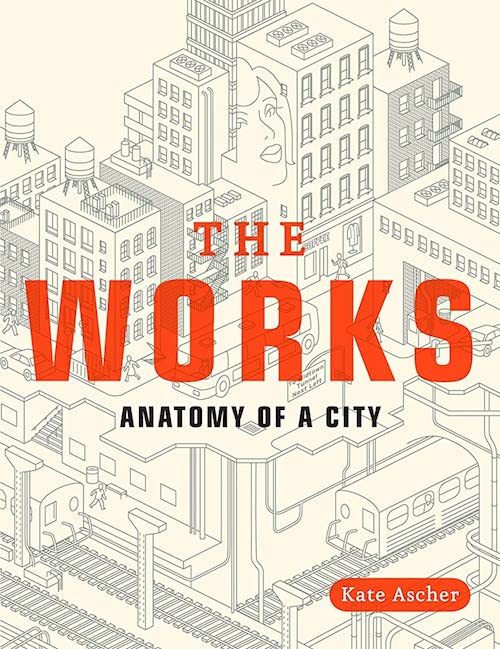
Last year, the scientist and energy economist Vaclav Smil published a book called How the World Really Works, just a few months before I got it into my head that I should be reading a lot more about technology in general and infrastructure in particular. “For most of its inhabitants, the modern world is full of black boxes, devices whose internal workings remain — to different degrees — a mystery to their users,” Smil writes, and indeed, I read his book myself out of a desire at least to reduce the number of black boxes in my own world. If the Twitter thread of quotes I kept while doing so is anything to go by, much in How the World Really Works stuck me as notable. Yet, reading the thread less than a year later, I find that I recall reading barely any of the passages I included.
It particularly surprised me to have forgotten that Smil — a literate man, said on his Wikipedia page to read one or two non-technical books per week — quotes from Émile Zola’s Le Ventre de Paris. In a chapter on food production, he notes that “recycling organic wastes is hardly a topic addressed by famous novelists,” but Zola, “always a complete realist, captured its importance when he described Claude, a young Parisian painter who ‘had quite a liking for manure.’ Claude volunteers to toss into the pit ‘the scourings of markets, the refuse that fell from that colossal table, remained full of life, and returned to the spot where the vegetables had previously sprouted… They rose again in fertile crops, and once more went to spread themselves out upon the market square. Paris rotted everything, and returned everything to the soil, which never wearied of repairing the ravages of death.’”
Zola’s novel takes place in and around the market complex of Les Halles, just on the other end of rue Montorgueil from where I stayed during the past month I spent in Paris. Yet not once during that month did Claude or his liking for manure cross my mind, perhaps because Les Halles itself was demolished in the early nineteen-seventies, leaving behind a site since occupied only by a couple of unloved underground shopping malls. Still, you’d think an association would at least have been triggered by Kate Ascher’s The Works: Anatomy of a City, which I happened to read in Paris. Specifically, you’d think it would have been triggered by her chapter on sewage, which constitutes the central third of “Keeping It Clean,” the fifth and last proper section of the book, the preceding four being “Moving People,” “Moving Freight,” “Power,” and “Communications.”
Read the whole thing at Substack.